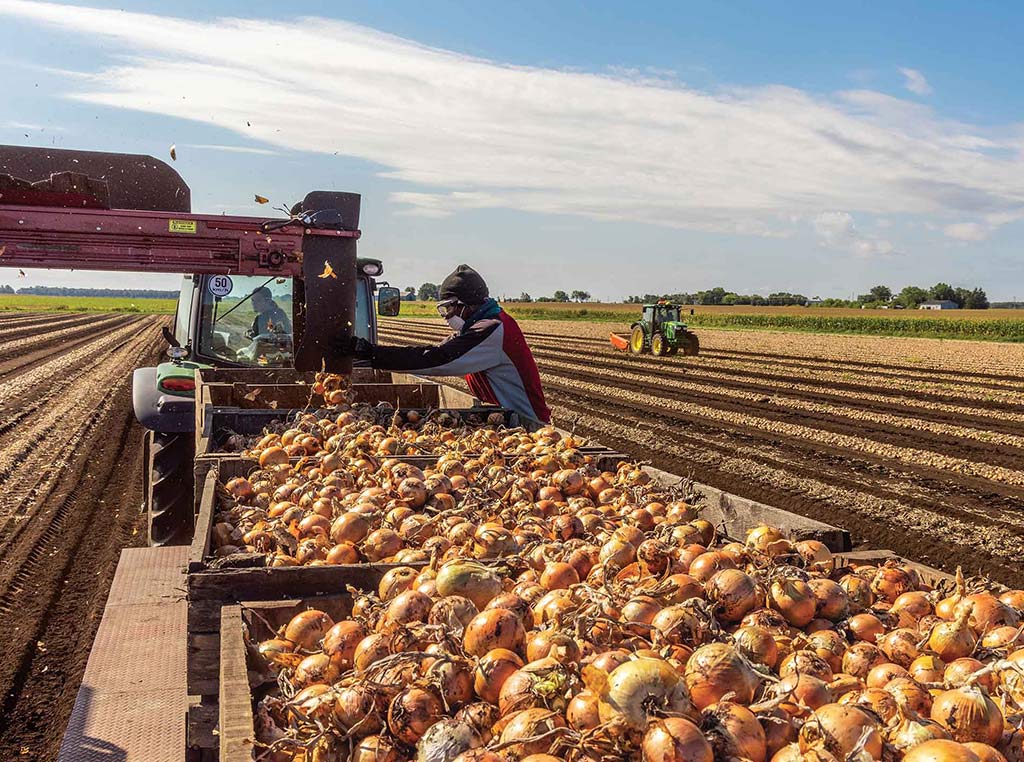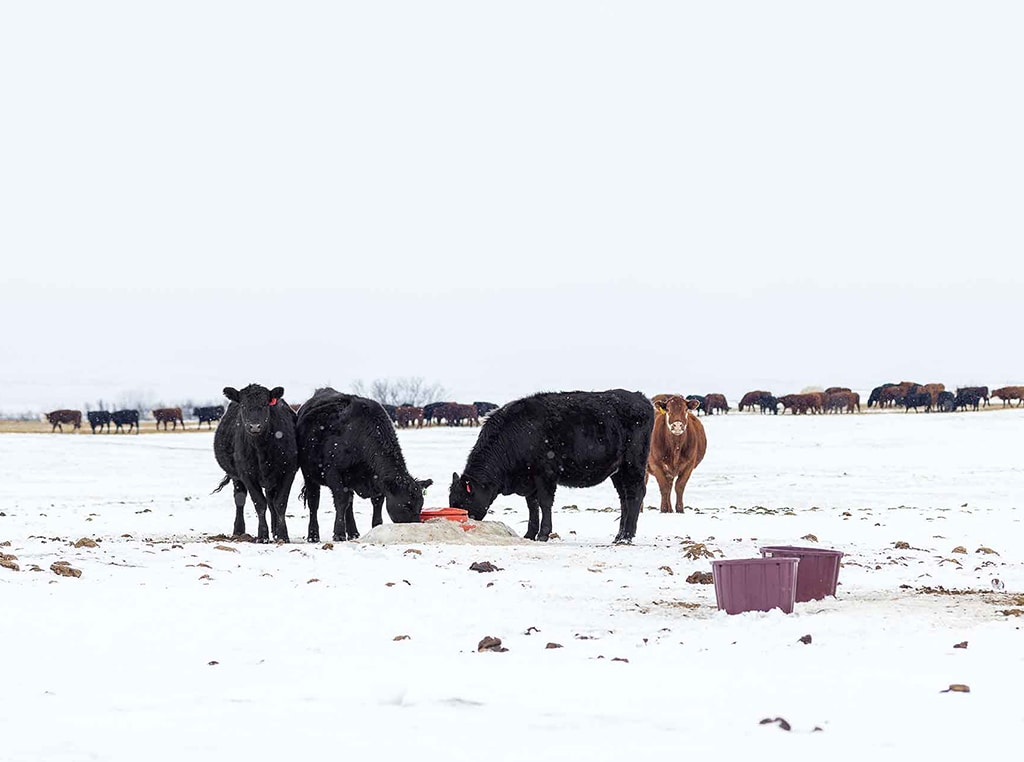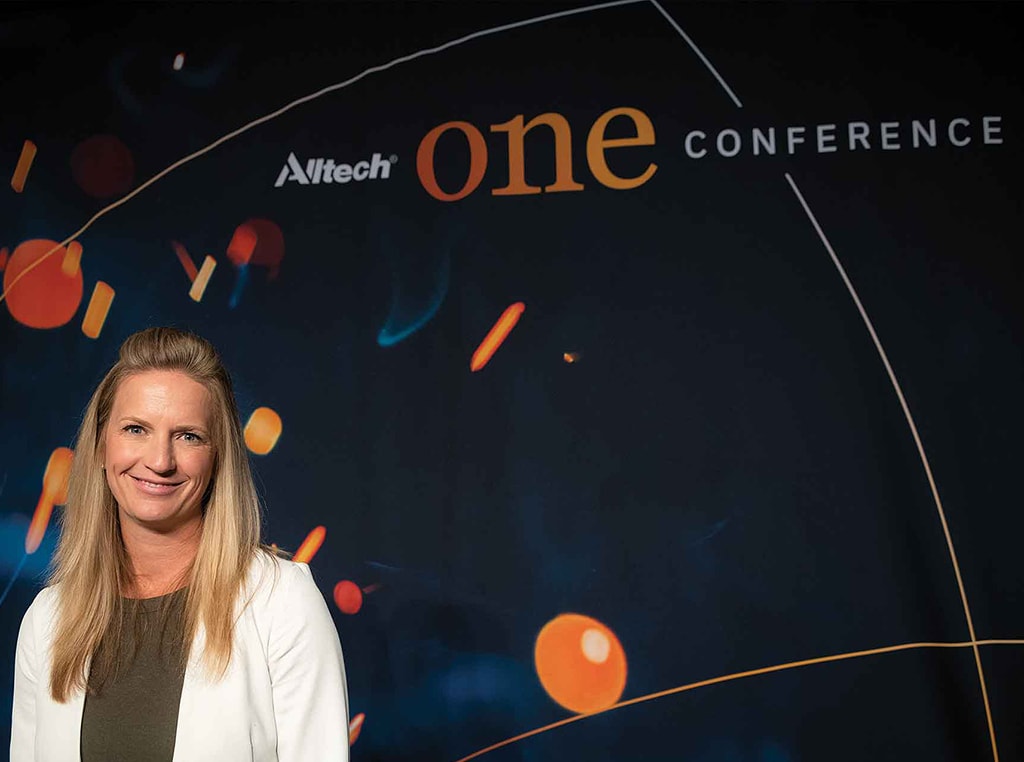Agriculture, Livestock/Poultry November 01, 2022
Cattle and Climate
.
Reconsidering beef's role in battling greenhouse gases.
For years, cattle have been in environmental activists' crosshairs as belching, gas-passing global warming machines, but it turns out cattle producers could be key players in helping reduce greenhouse gas emissions and delivering ecosystem benefits.
Methane from enteric emissions (digestion) accounts for 60 to 65% of the greenhouse gas in the beef supply chain, according to Kim Stackhouse-Lawson, director of Colorado State University's AgNext, a livestock sustainability research center. Ironically, the fact that cattle produce methane—and not other greenhouse gases like carbon dioxide or nitrous oxide—could boost efforts to mitigate greenhouse gases.
First, methane is more effective at trapping heat than carbon dioxide is, but it is short-lived—it breaks down in about a decade, while CO2 can last hundreds or even thousands of years.
Second, beef producers have become more efficient, so although methane emissions have climbed, overall CO2-equivalent emissions per pound of beef have been shrinking since 1961. Some of the best minds in the industry are working on strategies to reduce methane emissions in beef, from genetic selection to feeding seaweed or micronutrients, reducing mortality, and more.
"Methane becomes an incredible lever for us to pull," says Stackhouse-Lawson.
Above. Though cattle produce methane as they digest forage, their grazing can actually increase the ability of subtropical pastures to lock up carbon dioxide, which can yield a net reduction in greenhouse gases. Prairie grasses sequester carbon in vegetation above ground as well as in a roughly equal volume of root mass below the soil surface.
Net sink. Cattle feeders reduce methane emissions when they shift their animals to grain diets rather than forage, and it gets better as they add methane-suppressing ingredients to the bunk. That's important, notes Stackhouse-Lawson, because feeders are going to come under intense pressure from packers and consumers to reduce their environmental footprint.
But cattle graziers have a different tool: the land itself, which can be a massive magnet for carbon or a huge source of emissions, depending on where it is located and how it is managed.
Vaughn Holder, director of Alltech's research on ruminants, points out that cow-calf and stocker graziers need to consider not just the cow, but the environment itself as the beef production unit. He cites a study conducted at Florida's Buck Island Ranch in which 3,000 cattle emitted 10,884 metric tons of CO2 equivalent per year. Meanwhile, the pasture they grazed sequestered 17,813 metric tons of CO2 equivalent. The result: a net capture of 6,292 tons of carbon.
Another study at Buck Island indicated that grazed pasture there actually captured more carbon in the top few inches of soil than ungrazed plots.
"This ecosystem is pulling a ton of carbon—a lot of tons of carbon—out of the environment," Holder told the crowd at the 2022 Alltech ONE Conference.
Different strokes. Of course, each field has a different capacity to capture carbon. Semi-arid or arid rangeland likely has as much carbon as it can hold, while tropical pastures may have room for more, notes Stackhouse-Lawson.
She cautions cattle producers not to jump too early at carbon contracts, partly because the value of C is likely to rise as pressure increases on companies to go greener, and partly because selling carbon credits to a buyer outside the beef value chain may pull the C out of the equation that could help the cattle industry achieve its own net-zero goals.
MFA Inc. conservation grazing specialist Landry Jones in Missouri hopes for markets rewarding graziers for more environmental services than just carbon capture.
In "the Kentucky-31 Belt," Jones says, graziers can plant more legumes; building root biomass by increasing residual grazing height; and even shifting to native, warm-season grasses to boost soil carbon, improve water infiltration, and help wildlife.
This may be a good time to start practicing with those tools on a portion of your pasture, he says.
"Do it at a small scale, maybe get your feet wet, understand how these systems work, so if a market does come down the pipeline, you know how to implement these systems and you can hit the ground running," Jones suggests.
As society seeks ecosystem services, beef may be just the ticket.
"We capture carbon for a living, so this shouldn't be a stretch for us," Holder points out. ‡
Read More

AGRICULTURE, FARM OPERATION
The Next Layer
Packing line provides new options.

AGRICULTURE, LIVESTOCK/POULTRY
Goodbye Frozen Lines
Geothermal stock waterers stay ice-free without electricity.

